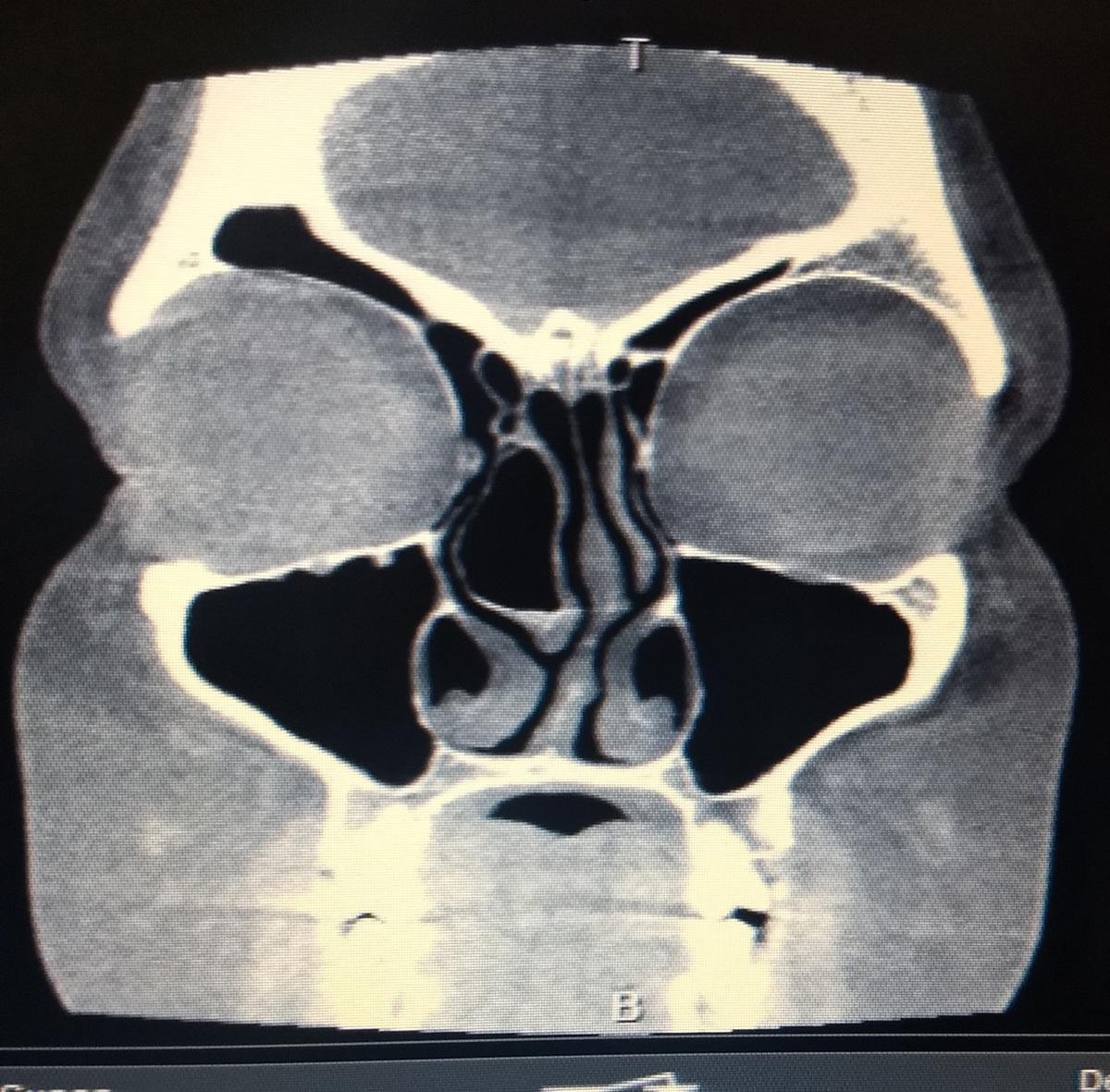
A septum is any wall that divides a cavity or similar structures into smaller ones. Nasal septum is a structure that divides nasal cavity into two parts. Nasal septum deviation is a frequent physical disorder of the nose. The condition features with a displacement of the nasal septum. Deviated nasal septum in many cases develops as a consequence of impact trauma (e.g. a blow to the face). Apart from being acquired, deviated nasal septum can be also congenital. Furthermore it is associated with a few genetic connective tissue disorders including Marfan syndrome and Ehlers Danlos syndrome.
People suffering from deviated nasal septum may have many problems among which breathing difficulties are the most serious ones. There are no medication which can straighten the abnormally shaped nasal septum. This is why the condition can be only corrected with surgery.
Surgery for Deviated Septum
Deviated septum surgery is also known as septoplasty. This is a routine procedure and is successfully performed by many skilled surgeons. Patients undergo general anesthesia prior the procedure. The surgery lasts approximately an hour or an hour and a half. Deviated septum surgery includes separation of the soft tissues from the nasal bone and cartilage, straightening and/ or trimming the uneven surface of the cartilage and finally its placement to the correct position. Soft tissues are reattached to the bone and cartilage.
Recovery after Deviated Septum Surgery
Deviated septum surgery is most commonly performed in an outpatient facility. The recovery time after the surgery is relatively short. Swelling and bleeding (common early side effects of the surgery) subside after a few days while pain and discomfort may linger for a while. Patients are forbidden to blow their noses harshly until all the tissues heal properly. In order to stop the bleeding the surgeon packs the nose with a gauze. This gauze stays for several days and is then removed. After removing the gauze the inside of the nasal cavity must be regularly washed out with saline solutions. The doctor explains the patient how he/ she should perform this washing out and how frequently it is supposed to be done.
Results after Deviated Septum Surgery
All problems that existed prior the surgery (chronic sinusitis, snoring, sleep apnea, breathing difficulties) are successfully eliminated with deviated nasal surgery. In some people even the very appearance of the nose improves. All in all, the results of deviated septum surgery are excellent.
Deviated septum surgery is not so expensive and in many cases it is covered by insurance.


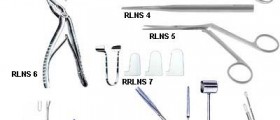

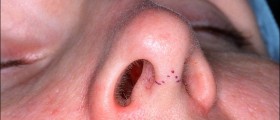
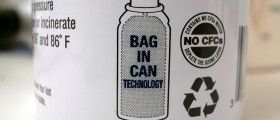
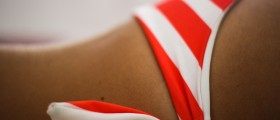
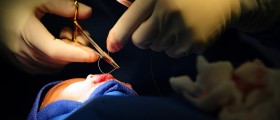

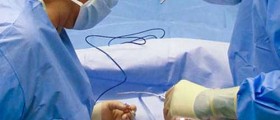
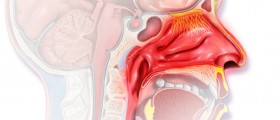
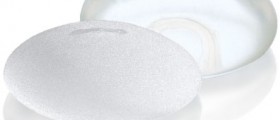
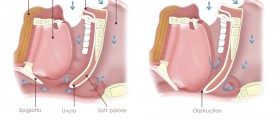


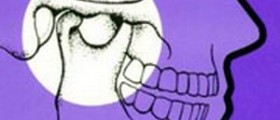

Your thoughts on this
Loading...